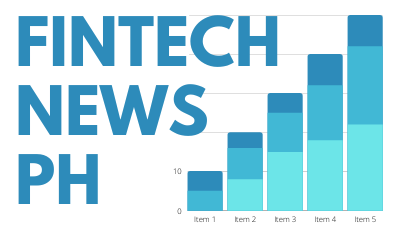
As a small business owner who was still on the fence about using mobile payments for my small business, the pandemic has erased any of my doubts.
Many traditional business owners, like me, suddenly found their establishments effectively hemmed in by the Great Lockdown. The familiar ring of the cash register was just a distant memory.
But others were not only surviving but thriving. These are the many businesses that were early adopters of mobile payment technologies. These businesses such as baking supplies and bike shops experienced much higher sales than their counterparts who relied on cash or in-person transactions.
What is mobile payment?
Mobile payment simply means using your smartphone app to pay for the items that you bought. Mobile payment uses data stored in digital wallets to move cash from customers to merchants. It is contactless and convenient. Something businesses of all types should have in their POS systems.
Types of mobile payments
There are various types of mobile payments depending on how they are used. Small businesses can use these types of mobile payments to improve their operations.

1. Online bills payments
For example, a business owner no longer needs to rush to his utility to settle the electricity or water bills. All he needs to do is just open his laptop, go to the website of the power company, and transfer the needed payment. The savings in fuel, parking tickets, time, and safety can add up to a big amount over the years.

2. Online retail payments
Sending or receiving money through a web browser – Merchants who do e-commerce can pay suppliers from across the world. With web-based payments, small businesses can receive payments from customers overseas. Entrepreneurs now have the world as their market.

3. Paying employees via mobile wallets
Digital wallets have allowed people to send payments and receive cash on their devices. Business owners are discovering the convenience of just sending salaries to their employees’ e-wallets. Workers will appreciate that they don’t need to look for an ATM to get their pay or always carry cash.
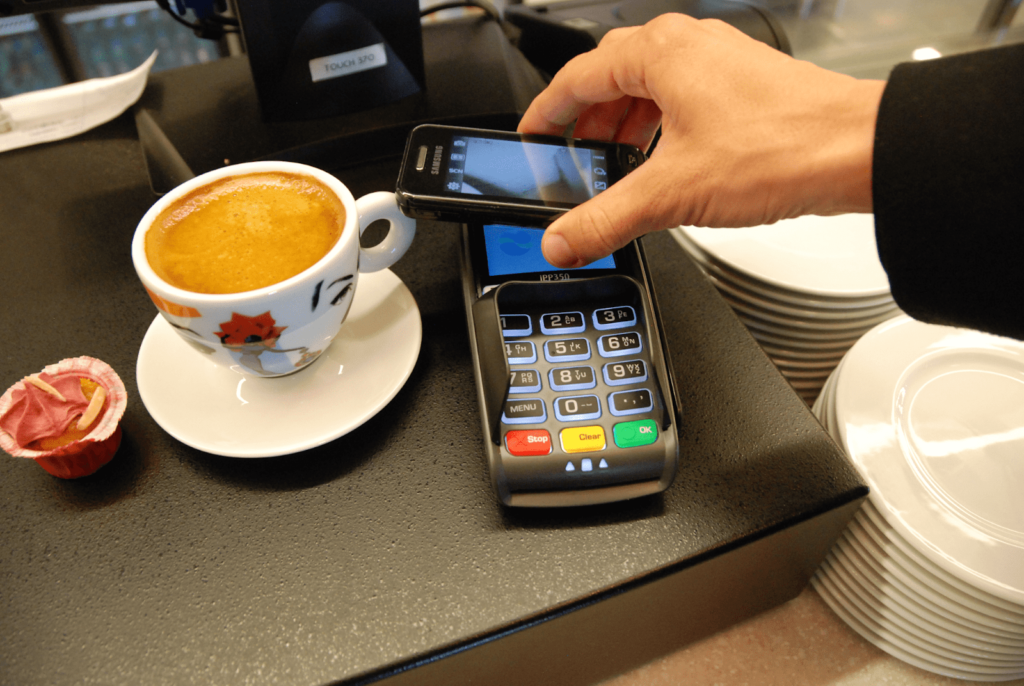
4. Payments made for point-of-sale purchases
This is the one that will impact your sales since you will find that at the other end is your customer. We will focus on this and reserve the rest for a future article.
Why your small business should use mobile payments?
Mobile payments are expected to grow to US$ 1,146 billion by 2024 and keep exponentially growing after that.
Mobile payment as a branch of fintech has been around for about two decades. Despite this, adoption is just picking up, thanks to the pandemic, and the ceiling is open.
People are starting to accept the convenience and efficiency of mobile payments. The Great Lockdown has helped push a lot of purchases online. E-commerce has boomed.
Social distancing will be the norm for the foreseeable future. Mobile payment is contactless. In the future, customers don’t need to pull out their credit cards, debit cards, or cash. This is far safer in a world where the coronavirus will be a threat for years to come. China is leading the world in mobile payments because the SARs outbreak in 2002-2004 forced people to use cashless and contactless transactions.
Traditional brick-and-mortar businesses have accepted that they need mobile payment solutions to bridge the gap between their physical customers and online clients. If people are confident that they don’t risk exposure to diseases when they go to your store, they are more likely to go out and buy something.
Businesses that ensure the safety of clients by removing any form of physical contact are more likely to be allowed to operate by authorities. Other establishments will see this and will follow suit. People can resume more of their pre-pandemic lives and many economies can begin to move forward.

Advantages of using mobile payments
There are many ways mobile payments can help small businesses.
1. It’s growing.
We already mentioned this but it’s worth noting again. Mobile payments will be more prevalent than cash in the very near future. People have begun to get over their fear of cashless transactions. Thanks in part to the lockdown and Hollywood movies that make hacking seem easier than opening a jar of peanut butter.
2. Improves customer experience.
People will always go back to events that delight them. Customers love not having to fall in line while fumbling through their belongings looking for credit cards.
There’s an aura of exclusivity that mobile payments provide clients. They are more likely to be back for the ultra-convenience and VIP treatment. Pro tip: Make sure you turn on the tipping feature so that clients can show their appreciation.
3. Payment systems are easy to incentivize.
Business owners can integrate loyalty or rewards programs to make customers come back. Rebates, prizes, and discounts are powerful tools to make customers come back again and again. Thus, increasing the lifetime value of a customer.
4. Reduced hardware costs.
You don’t need expensive POS systems that require special training to handle. Slamming that cash drawer hundreds of times a day will lead to breakdowns. A technician needs to be called in, and your POS hardware is that much nearer to the end of its life.
A mobile payment hardware is just a tablet or a cellphone that you can pick up at the nearest supermarket.
5. Access to Data.
Mobile payments can also provide customer data, such as how frequently they shop at your business, how much they spend, and what their preferred payment method is.
This information can be used to target your customers based on their shopping behavior, patterns, and demands, which improves customer service. Pro tip: Turn on the beacon so that people in the vicinity can be notified via their smartphones and go to your store.
6. Better inventory management.
Mobile payments can automatically track your inventory. You will know what products are fast selling and when they will run out. You will know how many stocks to order and how soon should you make that order. If you have multiple stores. You can have the products delivered to the right place or several places
Disadvantages of mobile payments
Nothing in life is free of disadvantages. So while mobile payments have a few, you should be very aware of them. Especially the first one.
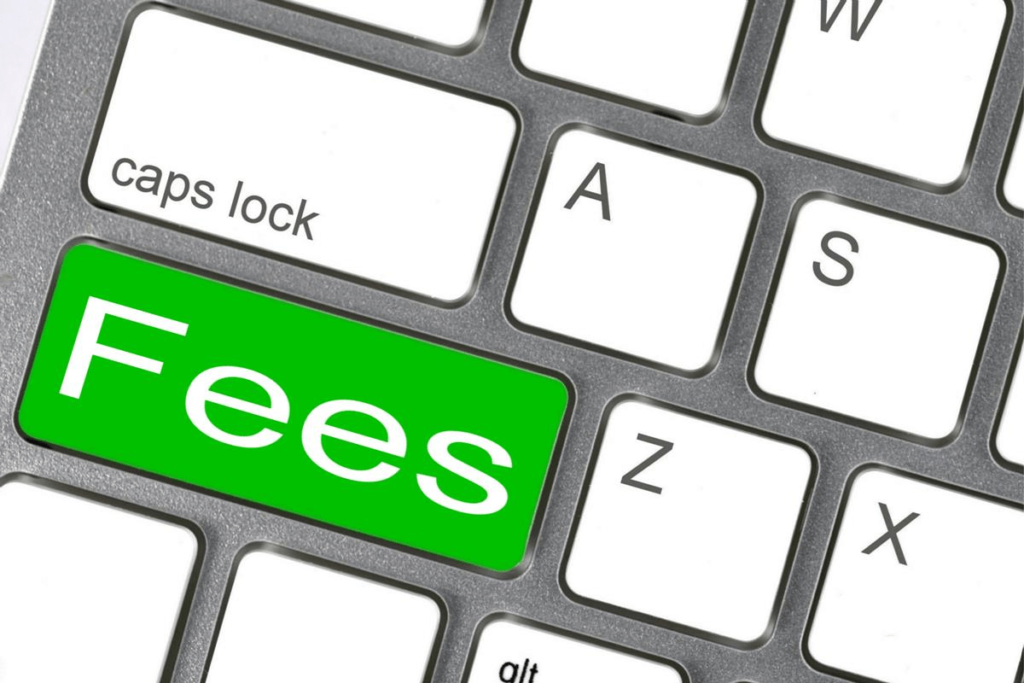
1. Fees.
Yup, death, taxes, and fees. These are the certainties of life for a small business owner. Mobile payment systems are in the business of making money. They don’t do charity. They have several ways of charging their clients.
2. Setup fees.
Also called registration fees. It’s a one-time payment to integrate mobile payment into your retail system. The proper stock-keeping units (SKUs) and prices are coded into the payment software.
3. Percentage of purchase.
Each time you make a sale. The mobile payment provider takes a cut. It is usually 3.5%. Now, this can be tricky. You better read the fine print carefully.
Some mobile payment companies will charge a lesser percentage of 2.75 for swiped transactions. Scanning the price tag or QR code can qualify as swipes.
Do note that a higher charge of 3.5% may be deducted from your sales for manually entering transactions. It could be higher. It may be to encourage truly contactless transactions but there will be cases when customers’ devices just don’t work.
Remember this to avoid unwelcome surprises when your mobile payment company bills you.
4. Flat monthly fee.
This is the simplest way that mobile payment providers charge their merchants. But it’s not a one-size-fits-all proposition. There could be bracketing involved in which certain companies pay a fixed monthly unless they breach a certain total in sales. At this point, the fee may go up or down depending on your provider and how your system is set up.
5. All or a combination of the above.
It cannot be understated to read the fine prints at least twice. Also, stay away from evergreen clauses or auto-renewal policies. These are contracts that automatically renew whenever you fail to notify ahead of time (like really ahead) that you don’t want to continue their service.

6. Data Security
This is a major resistance of customers to adopting mobile payments. They are not so sure about who can access their data.
Recent security improvements have made it much harder for criminals to gain access to customer data.
Features like tokenization, a single-use series of numbers, make mobile payments vastly more secure than the old magnetic stripe in credit cards.
As a merchant, you have to comply with industry-standard security measures. This will avoid shifting the blame on you in cases of fraud or disputes.
You have to protect customers’ data by adhering to payment card industry (PCI) data security standard (DSS) compliance. It avoids exposing your customers to fraud and absolves you from liability.

7. Integration
Because the mobile payment industry is still growing, there is still a lot of jostling and jockeying between players.
These include hardware vendors, payment processors, merchant account providers, app solutions, and what have you. This is normal in a fast and still relatively young industry. The mobile payment industry isn’t expected to mature anytime soon.
Make sure that the hardware, mobile payment app, and your bank can integrate. You have to look at who is the leading solutions provider in your market, meaning what payment solutions your customers use.
Steps to implementing mobile payments
1. Merchant account.
As a business owner, you may already have one with your bank. Visit your bank’s website or call them to find out if they integrate with most payment providers. You need this because you want sales to go into your bank account.

2. Hardware.
A decent smartphone or tablet will do. This is where you will download the mobile payment app so that it can read customers’ e-wallets stored on their smartphones.
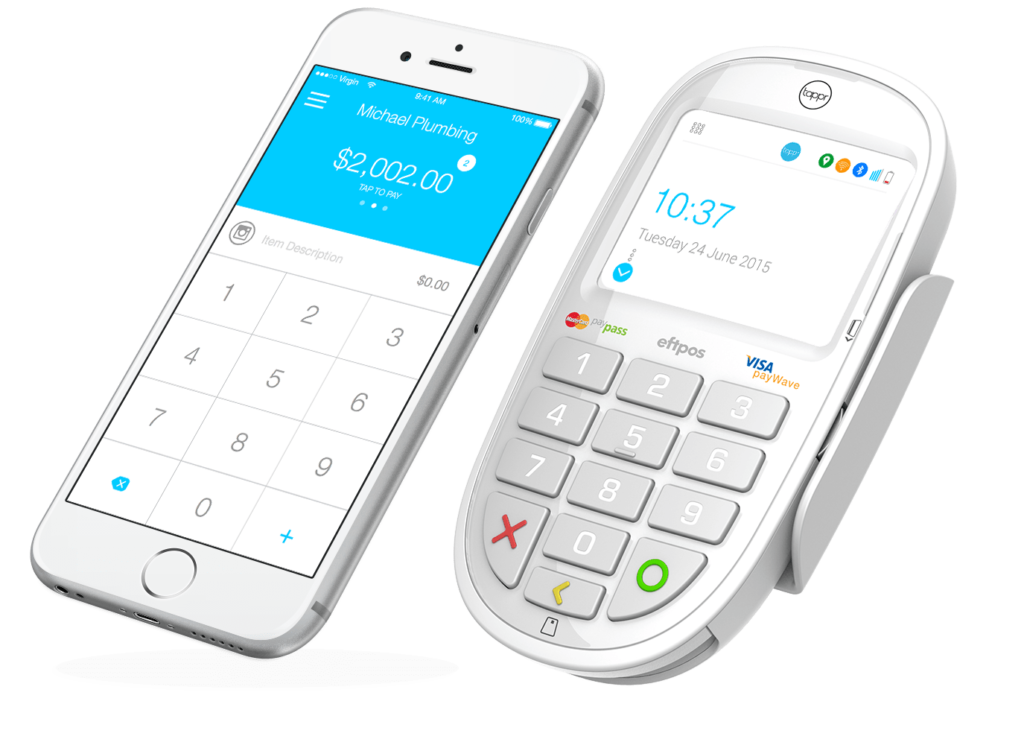
3. Mobile card reader
You will also need a mobile card reader. Why? Just plain force of habit. Some customers will prefer to pay using their credit cards or debit cards. They just want one piece of paper to deal with regarding their purchases at the end of the month. These mobile card readers connect to your smartphone or tablet, or AC adaptor for power. A review of the best mobile card readers from business.org can be found here.

4. Internet connection.
Your devices, bank, and mobile payment provider will be communicating with one another through the Internet. You need a reliable connection in your store that links to your POS devices via WiFi or LAN cable.

5. Mobile payment app.
This is the software that makes everything work. You will want a mobile payment app that can process payments, take orders, send refunds, or print and send receipts. A good mobile payment app paired with a mobile card reader will transform your smartphone or tablet into a full-fledged mobile POS system.Fundera has a nice review of the best payment apps for small businesses here.
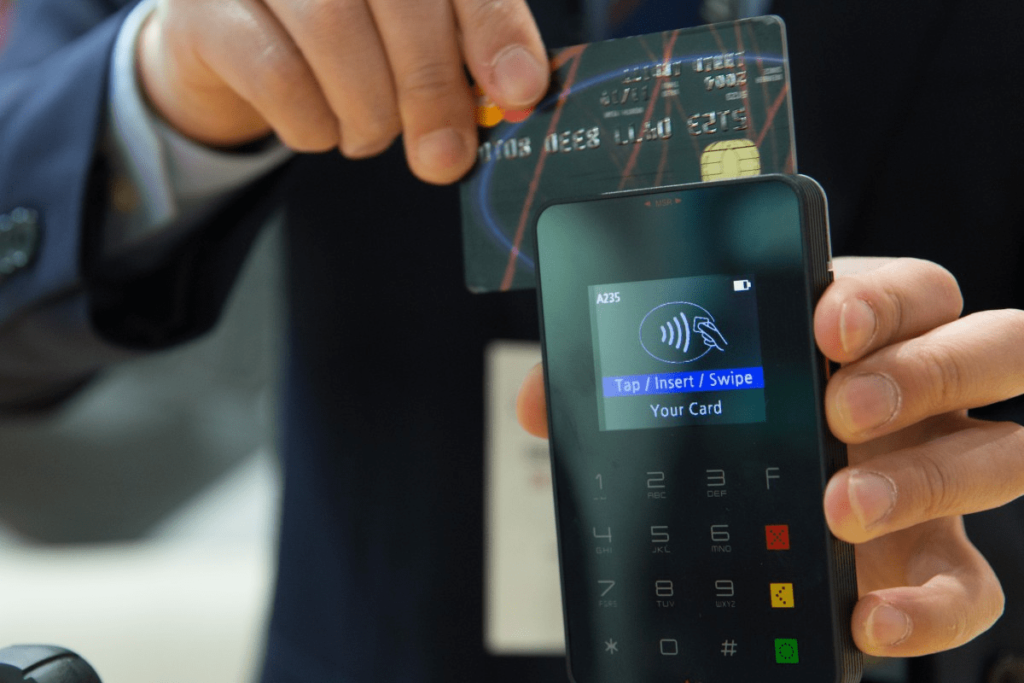
Conclusion
Mobile payment is no longer an option. It is a must for most businesses. Cash transactions are not very popular right now. It will remain so for the foreseeable future. The generations that use cash are fading away.
Millennials, who grew up around smartphones and tablets, now have jobs and businesses. They are digital natives.
Most of them have e-wallets and they are not afraid to use them. These Millennials will shop and buy from businesses that have adapted to their digital lifestyles. Your business should be ready.
